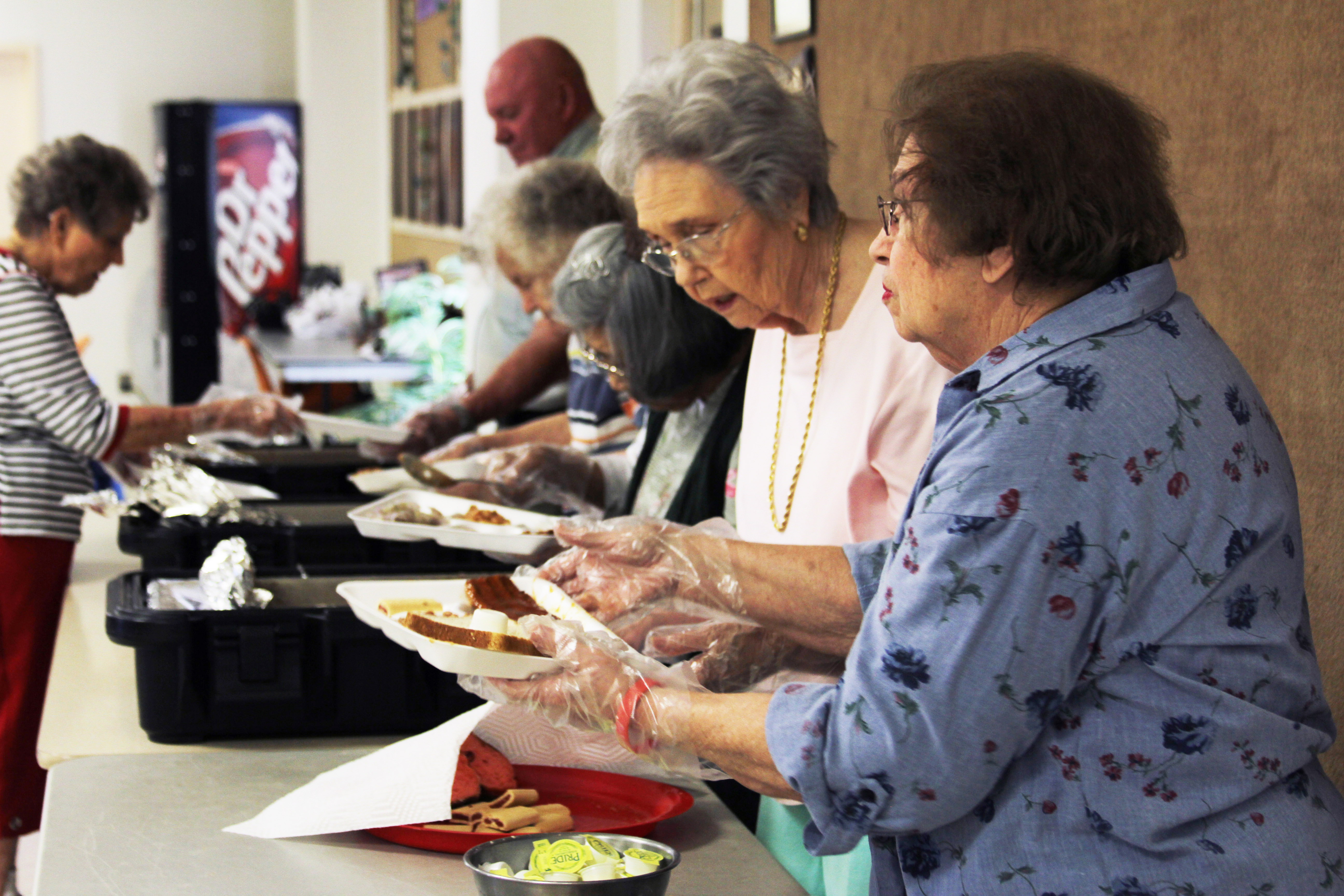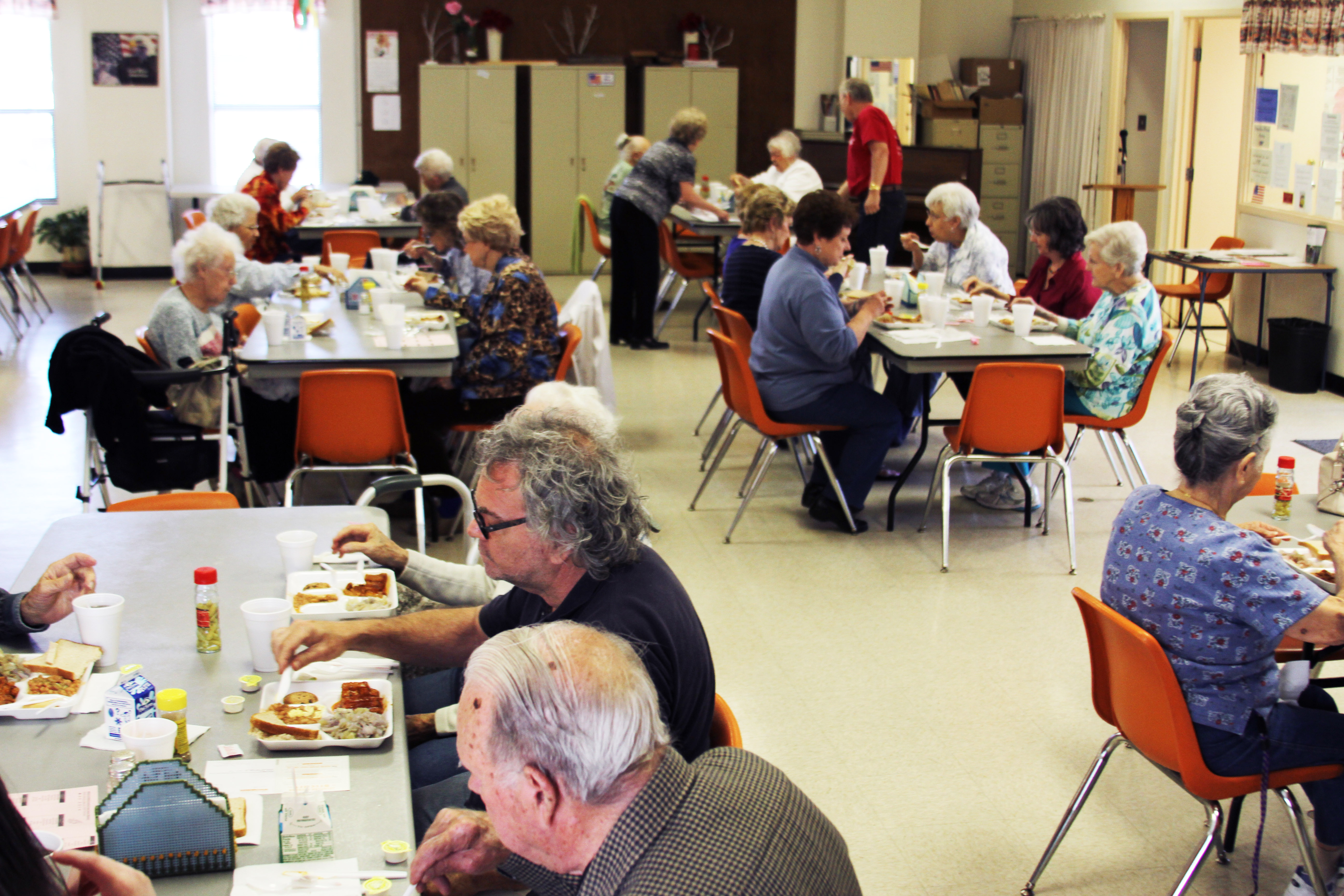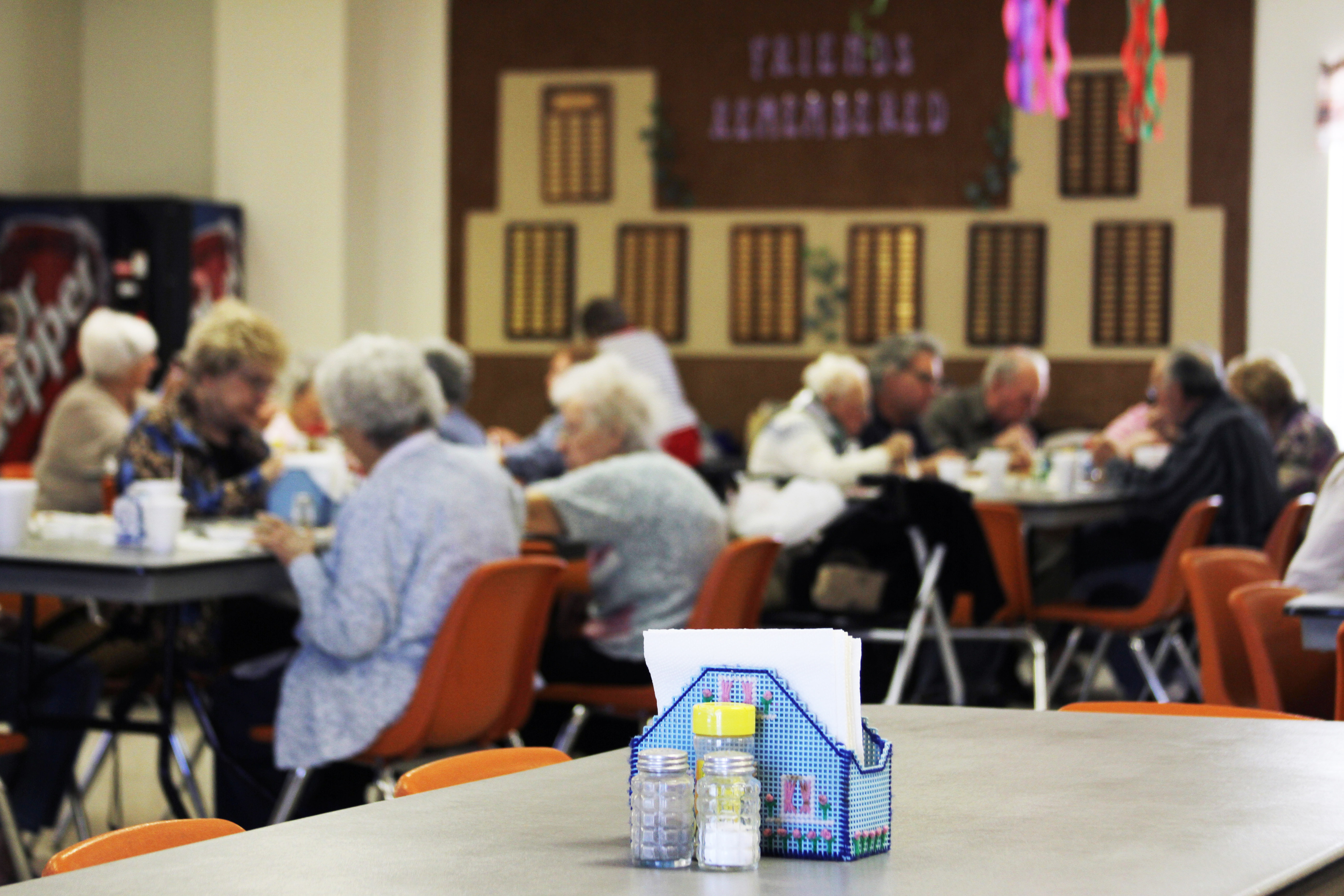By Jadi Chapman, AmeriCorps VISTA and hunger programs specialist for Texas Hunger Initiative – Waco
A few weeks ago I visited a senior center in Waco to learn more about difficulties the senior population of Waco might be facing. A man came up to me, shook my hand and said he was glad I was there because sometimes it seemed like the younger generation forgets about older people.
His statement struck me on a personal level. I hadn’t thought a lot about older Americans struggling for food or fellowship before. I had never considered that seniors could be struggling with food insecurity. Unbeknownst to me, there are many other issues contributing to whether or not seniors have enough food to eat.
According to Feeding America, 4.8 million Americans over the age of 60 were food insecure in 2011 [1]. Ten percent of older adults in Texas are at risk of hunger [2]. Many factors contribute to food insecurity among older adults, including a lack of a substantial income, the gap between Medicaid and the cost of living, limited income with specialized diets, and mental and physical illnesses. Each person is unique and may face a variety of these issues or combinations of them. One solution cannot fit all seniors, thus making food insecurity among older persons an increasingly complex problem.
Social Security is the main source of income for seniors
Older Americans often begin facing a lack of funds as they retire. Social Security becomes the main source of income for many seniors, but there is a gap between level of income and insurance coverage. Supplemental Security Income assists in bridging the gap between Medicaid and money brought in from Social Security. Older women, specifically, are the demographic that needs the most help. Because, historically, they often have not put in as much Social Security as their husbands through the workforce, they don’t receive as much Social Security unless they are able to use their husband’s Social Security benefits.
Jim Ellor. Ph.D., a professor at Baylor University’s School of Social Work, has worked for more than 30 years in the field of gerontology. “Two-thirds of women will drop below the poverty level if you take away Supplemental Security Income or Social Security benefits,” he explained. Ellor also noted that women live longer than men by about seven years, which leaves them as the population that typically faces living alone the longest. The dependence on social security can be compounded among older females, but it is a contributing factor to food insecurity across the demographic.
Lack of transportation is a major barrier to accessing needed nutrition
Transportation can be another complex issue for older Americans. As eyesight begins to fail and reaction time slows, driving can be increasingly dangerous for seniors and drivers around them. In addition, rising fuel prices make driving more and more difficult to afford. Unfortunately, public transportation is not necessarily designed to meet the needs of seniors either. Climbing on and off buses and waiting for them in the heat of summer or cold of winter is no easy task for anyone, much less older persons who may struggle with respiratory challenges or arthritis and other joint issues. Yet, simply making it to the grocery store is only a part of the battle. Navigating a supermarket can also prove quite taxing for seniors because of the tremendous amount of energy required to walk around a crowded store, pushing a heavy buggy.
As health deteriorates, the dietary needs of seniors increase
Beyond the affordability of food and complexities of transportation, seniors often have specific dietary needs, and specialized diets can be difficult to afford on a limited income. Metabolic illnesses, such as diabetes, impact what is available for seniors to eat. For instance, if a person with diabetes goes to a food pantry and receives canned fruits that include syrup, he/she wouldn’t be able to eat it because of the sugar content. Individuals with extreme diabetes may not even be able to eat grains because, when digested, they turn into sugar. These types of dietary needs are not always taken into account when thinking about food insecurity though they are conditions that many seniors live with every day.
Even if access to and the availability of diet-appropriate foods are not an issue, Alzheimer’s disease and dementia can also have an impact on a senior’s access to food. Individuals with these conditions may just forget to eat; even if they have meals delivered, they may put the food in the refrigerator and then forget it is there. Ensuring individuals have food is one thing. Ensuring this food is actually eaten presents an entirely different challenge.
Caretakers, who are usually seniors themselves, also struggle through this time with their Alzheimer’s or dementia patient. Caretakers place extra emphasis on the needs of the patient and tend to neglect their own nutritional needs. They too may need specialized diets and must take extra care about what they eat, but they are so focused on their patient they fail to take care of themselves.
Howard Gruetzner, education and family care specialist at the Alzheimer’s Association Waco office, stated, “Rather than stay connected to what other social roles, or social groups they might have, caretakers start relinquishing their own needs, which leaves them utterly on an island by themselves. Because of chronic stress they begin to feel their own health slipping, and if they are older, which most are, they already have chronic health issues.” Often, a spouse is taking care of a husband or wife, and he or she endures feelings of loss and abandonment as they take care of their loved one. Gruetzner reported that there is a 40-60 percent mortality rate among caretakers, as it is such a tolling task to watch your loved one whither away while putting your own needs on the back burner. Such a complex situation can easily lead to food insecurity for both individuals.
Moving toward holistic care for seniors
When tackling senior hunger, it is important to approach the issue holistically. The needs of the individual must be met mentally, physically and emotionally in order to increase his or her quality of life. Working toward prevention versus expedience is key to the holistic treatment plan. Gruetzner and Ellor agree that if churches worked within their congregations to reach out to their elderly members by creating programs geared toward them, it would support the overall mental health of the seniors in their population.
“Find the older adults themselves that can speak the language of nutrition and have them speak to their peers,” Ellor suggests. “What’s needed is peer support. Create a network of peer nutrition advocates that can actually get it right, then the older adults could get ahead.” Having someone talk to and fellowship with can go a long way in the life of a senior.
Make this year’s Older Americans Month count!
This Older Americans Month, we encourage you to support the seniors in your community by donating your time and/or financial support to an organization that is working toward providing seniors with daily access to nutritious foods. In Waco, we’re particularly grateful for work of Meals and Wheels and Friends for Life, among others who are working tirelessly toward that goal. Please support them.
[1] Feeding America: Senior Hunger
http://www.feedingamerica.org/hunger-in-america/hunger-facts/senior-hunger.aspx
[2] AARP: Learn About Hunger.
http://www.aarp.org/aarp-foundation/our-work/hunger/learn-about-hunger/


